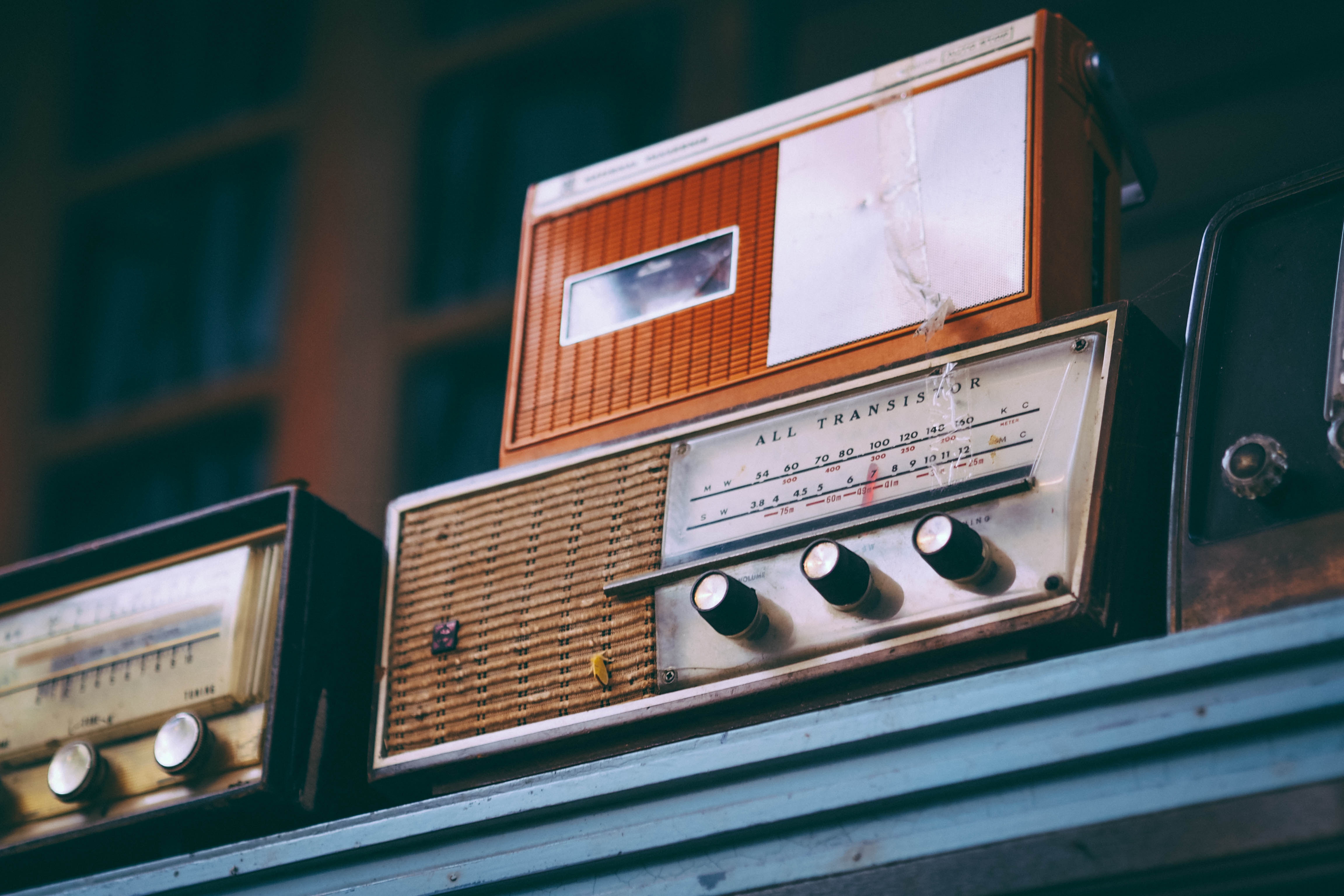Everything there is to know about the UHF & the Crazy UHF !
WHAT IS THE UHF ?
The radio UHF tape (Ultra High Frequency) groups all of the electromagnetic waves whose frequency is included between 300 MHz and 3000 MHz. In this tape, passive RFID applications are authorised on the range going from 860 MHz to 960 MHz (exact limits vary from one country to another). Depending on the reader’s power, the gain and directivity of it’s antenna and the characteristics of the tag to read, the practical reach of an UHF system of passive RFID can go from a dozen of centimeters to a dozen of meters.
A LITTLE BIT OF TECHNIQUE
Compared to a near field RFID (13.56MHz NFC) UHF brings a superior reach and the ability to inventory quickly an important number of tags - hundreds per second.
In return, tag carry less informations -most of them only have a serial number in reading only- and implementation problematic are more complex:
- several UHF readers can easily jam each other, other systems using the same frequencies can prevent readers from working
- the propagation of UHF waves in complex environments such as buildings with metallic structures or frames or metallic furniture, is difficult to model or to forecast.
At last, you must not disrupt the working of active systems operating on same tapes like LoRa, Sigfox but also and mostly a lot of domestic remote control and other weather station or wireless alarms sensors. The power of an UHF RFID reader is highly structured and restrained when installed outdoors. It is also not authorised to work continuously. Fortunately, in practice, inventory is so fast that the user doesn’t realise that his reader is only active some percents of the time !
WHAT IS IT FOR ?
The UHF system of passive RFID is used for over a decade in logistic, large warehouses and for the automatic sorting of objects on a conveyor (ex: luggage sorting in airports).
The technology was pushed and matured by important actors of logistic and supply chain united in the EPC Global organisation (Electronic Product Code) which has draft the EPC Gen 2 UHF standard, intended to become the successor of barcode.
The upturn of this standard as an ISO norm (18000-6C) widen the application field of this technology to a whole new range of uses:
- Hand-free badges for access control
- Content inventory (bags, boxes containing less than 100 objects)
- Interactive personal shopping (advices based on the bag content)
- Enhancement of security (protection against theft)
Like NFC Forum in the world of 13.56MHz the RAIN RFID alliance has been created to develop uses of the UHF technology.
THE CRAZY UHF
Innovations in the area of semiconductor allow to miniaturize and integrate essential components to the achievement of UHF readers, which make them reachable to a wider panel of applications. SpringCard as developed the Crazy UIHF around the front-end ST25RU3993.
The Crazy UHF is a complete reader and immediately operational, easy to adjust on the field and compliant with radio emission limits in effect on all continents. It is composed of an integrated antenna ensuring a practical reach of 10 to 50 cm depending on the tag. It is also possible to use a remote antenna (connector micro-coax) to have a practical reach up to 5m. Regarding the software, the Crazy UHF is supported by the new SpringCard Companion suite that allows you to configure it easily and quickly, and to gather tags informations through modern and open interfaces.
Available as an OEM product or with housing, in USB or Ethernet, the Crazy UHF is a flexible and evolutionary product, also able to receive a customised firmware. That’s an adaptable solution that we offer to our customers to let them discover the RFID UHF technology and allow them to innovate by exploring every opportunities.
Whatever may be your UHF project we will be able to guide you and to elaborate with you the UHF solution that fits best to your needs.
Discover the Crazy UHF in this video !
Published on 04/23/2018
Leave a comment